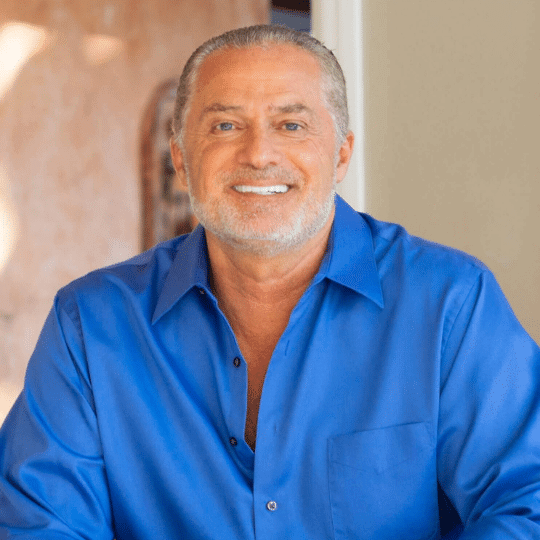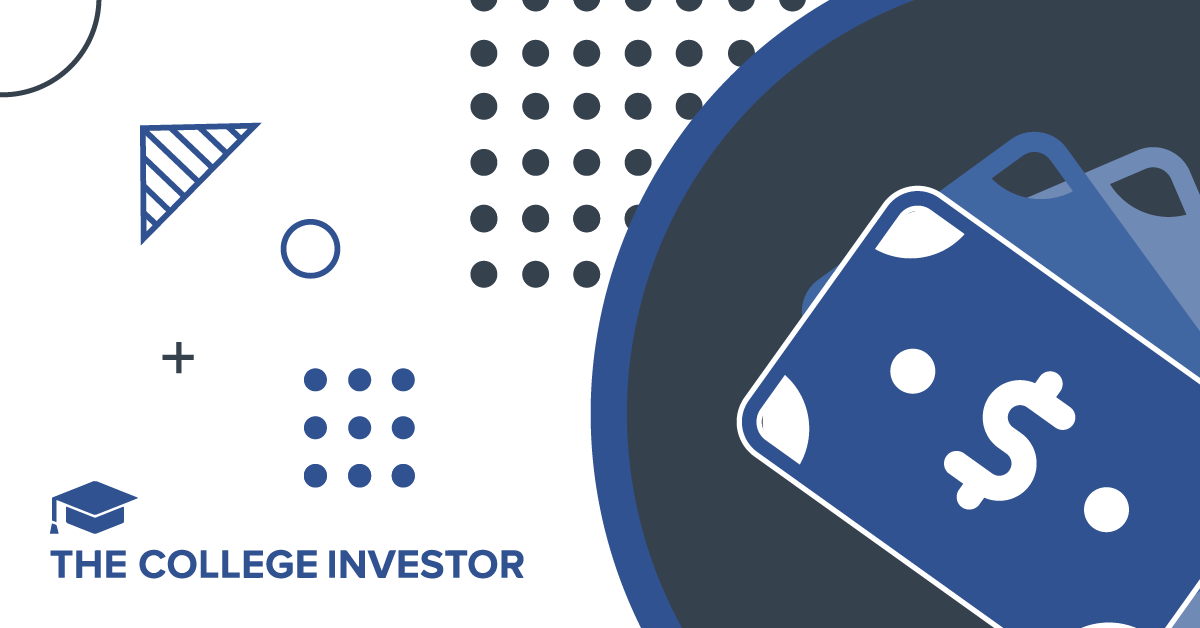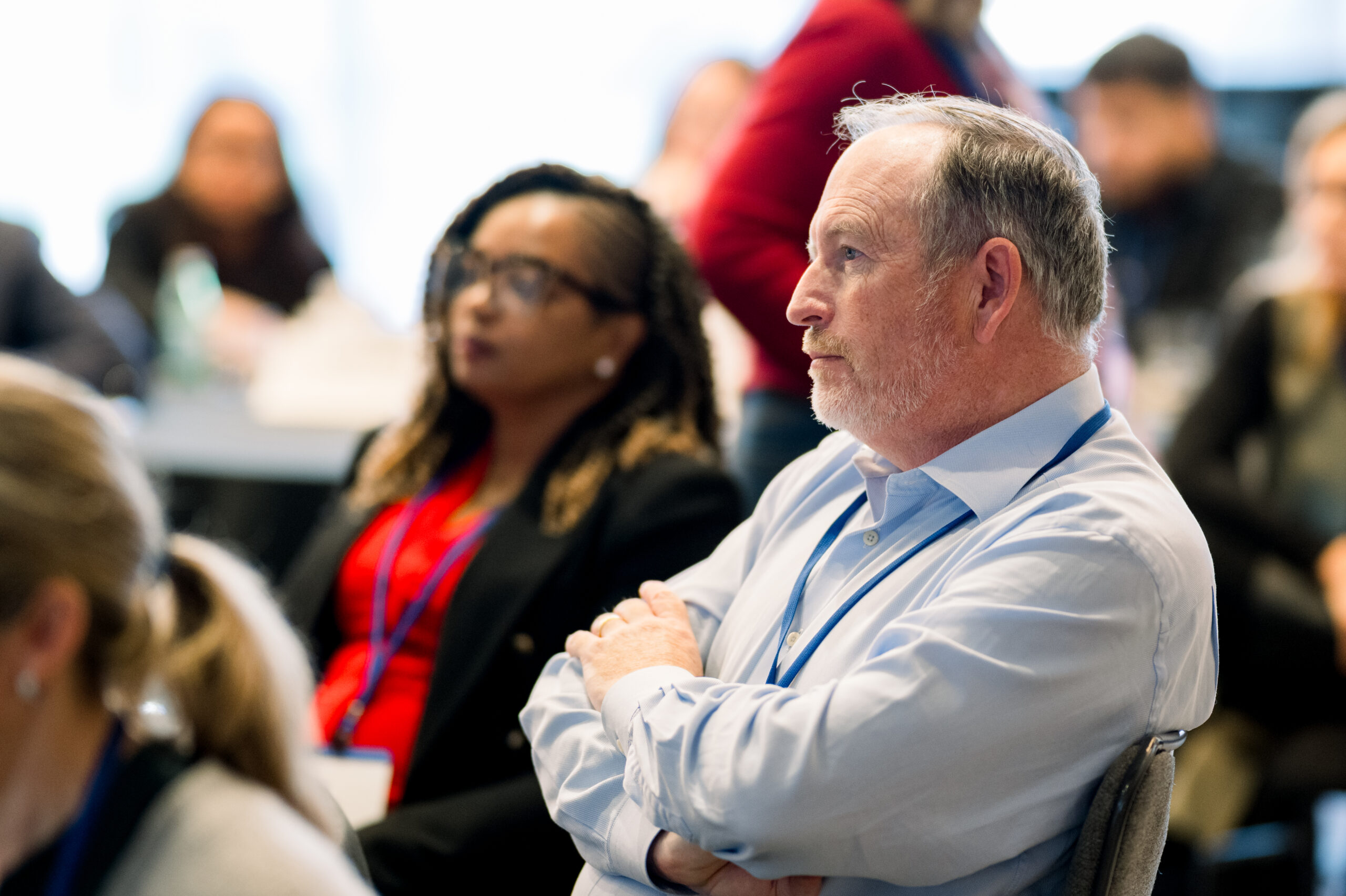Should I Pay Down Debt During Uncertain Times? Our Experts Weigh In – Debt Relief Programs | American Credit Card Solutions – Home


If you’re carrying $10,000 or more in high-interest credit card debt, you’re probably asking yourself:
At American Credit Card Solutions, our Certified Debt Specialists work with people in a similar financial situation every day. We know how the weight of debt feels when trying to balance financial responsibilities while still preparing for the future.
Here’s what we recommend to help you lower your payments, build savings, and create more financial stability—even when times feel unpredictable.
Are your monthly payments keeping you from saving money or paying down debt faster?
If so, we recommend focusing on reducing those payments first. Lowering your payments doesn’t just immediately reduce financial pressure—it frees up money you can use to build an emergency fund, cover everyday expenses, or save for the future.
How can you reduce your payments? Here’s where our debt relief program can help:
Lower your total debt by negotiating with creditors.
Reduce your interest rates, cutting down how much you pay over time.
Consolidate debts into one lower monthly payment so you have less to juggle.
Free up cash each month so you can finally start saving.
Think about it: If you’re currently paying $600 per month across multiple credit cards, and we help reduce that to $400 per month, that’s $200 back in your pocket—every single month.
What could you do with that extra $200? Add it to an emergency fund? Pay a bill you’ve been putting off? Simply breathe a little easier knowing you’re no longer scraping by?
Many of our clients tell us: “Lowering my payments helped me stop living paycheck to paycheck.”
When you relieve the pressure of high payments, you give yourself more control—and more choices.
Once your payments are lower and more manageable, we recommend building an emergency fund that can act as a financial safety net.
Why? Because life happens. And without a backup plan, even a minor emergency can send you spiraling back into debt.
A 2024 Bankrate survey found that 57% of Americans couldn’t cover a $1,000 emergency from savings. If your car breaks down, a medical bill shows up, or you lose income temporarily, could you cover it?
Here’s how to start building your emergency fund:
Aim to save 3 to 6 months of essential expenses—but don’t let that number overwhelm you.
Open a separate account just for emergencies so you won’t accidentally spend it.
Start small: Even $25 or $50 a month adds up when you’re consistent.
By lowering your monthly payments first, you make it easier to redirect extra money into savings. That’s how you build a safety net without sacrificing your day-to-day needs.
Before making big financial moves, ask yourself:
Current economic data shows several warning signs:
Unemployment was 4.2% in April 2025, with analysts predicting increases. (Source: MarketWatch)
Jobless claims rose to 241,000 at the end of April, marking a two-month high. (Source: WSJ)
If your income feels secure, you may be able to focus on paying debt faster once your emergency fund is started. If it feels uncertain, keeping extra cash available might be the safer choice.
It’s not just about numbers—it’s about protecting your peace of mind.
Debt doesn’t just show up on paper. It can impact your day to day life by increasing your stress, influencing your decisions, and changing your future plans.
Ask yourself:
Am I only making minimum payments each month—and watching my balance barely move?
Are high interest rates keeping me stuck, even though I’m paying every month?
Is debt causing me stress, worry, or limiting what I can do with my money?
A 2024 American Psychological Association study found that 60% of U.S. adults say debt is a major source of stress. (Source: APA)
If your debt is holding you back, it’s time to explore solutions that get you out.
Our Certified Debt Specialists have helped thousands of people reduce debt, lower payments, and move toward financial freedom—without bankruptcy.
Lower your monthly payments first to free up money for savings and breathing room.
Build an emergency fund next so you’re protected from life’s surprises.
Evaluate your income stability before making big financial commitments.
Explore debt relief if high payments and interest are keeping you stuck.
Things may seem overwhelming, but you don’t have to figure this out alone.
We’re here to help you get clear on your options and create a plan that fits your life.
Struggling with $10,000+ in high-interest debt? Contact us today to lower your payments, start saving, and take back control of your finances.
¿Debería pagar la deuda durante los tiempos de incertidumbre? Nuestros expertos opinan

Industrial flex space has become a quiet favorite among sophisticated investors seeking durable income backed by real business demand. If...

Getting an inheritance is the epitome of a mixed blessing. You receive a financial windfall, but the cause is the...

During his tenure as the California Secretary of Health and Human Services, Mike Wilkening cemented his reputation as a steady...